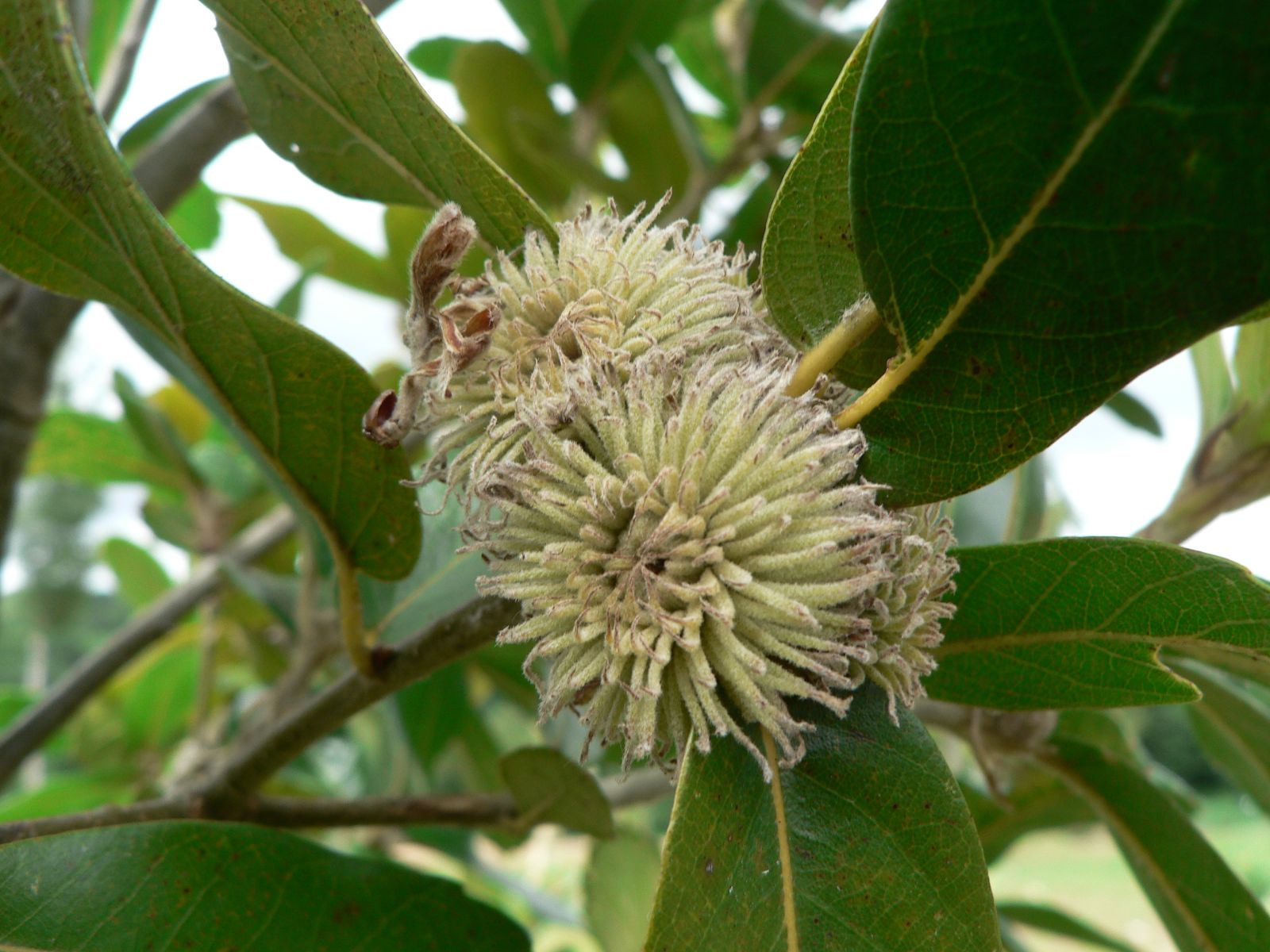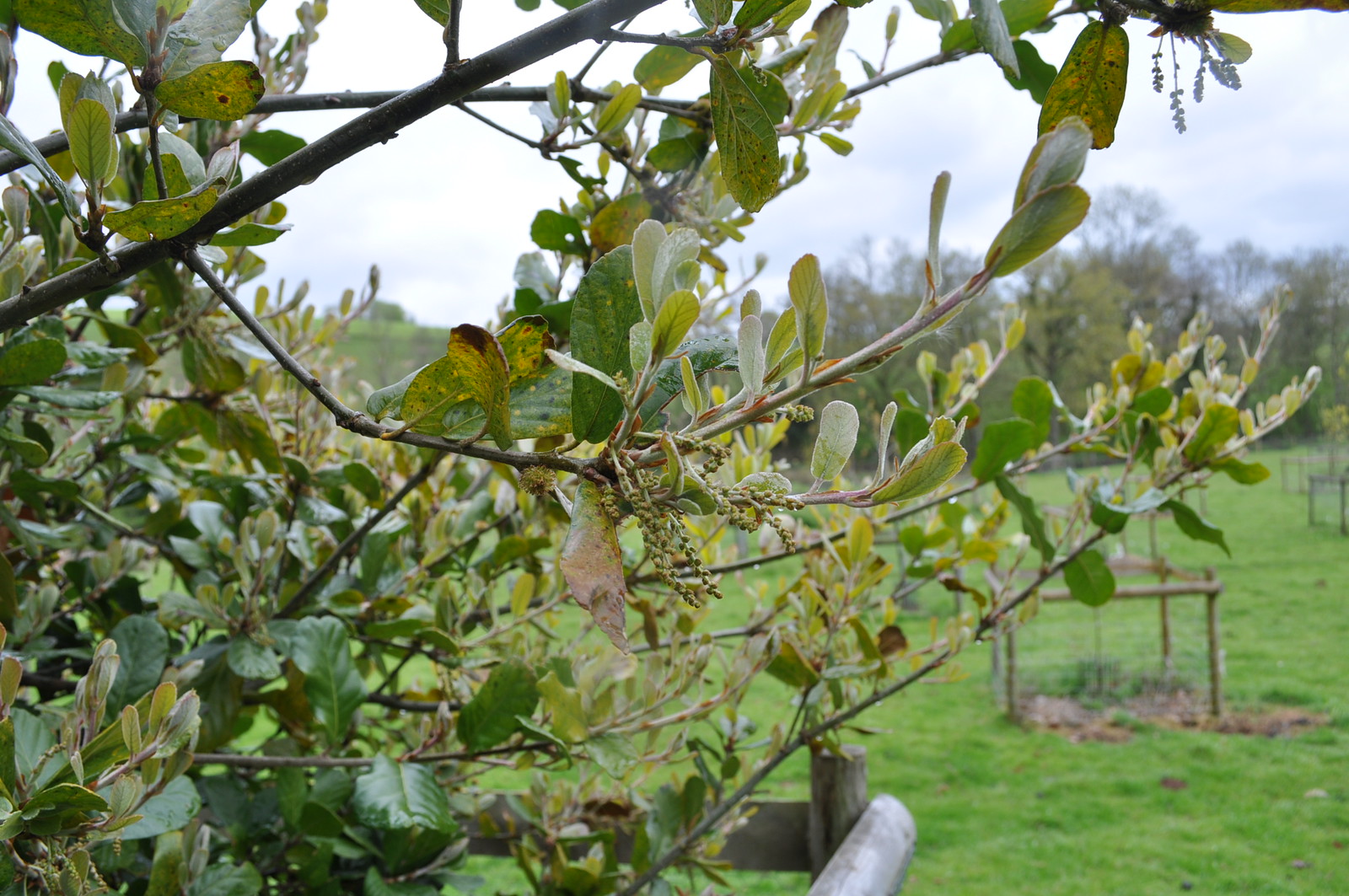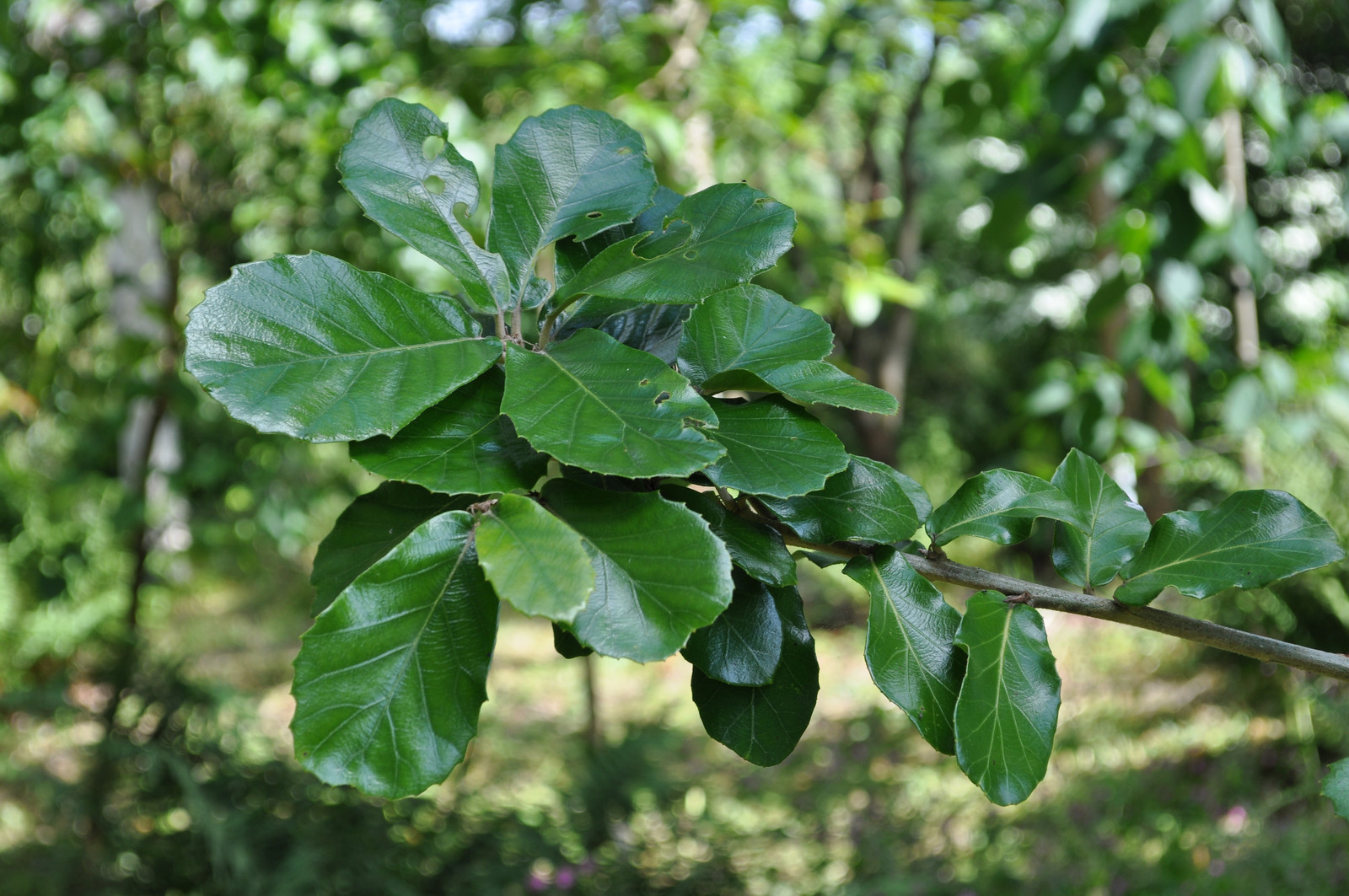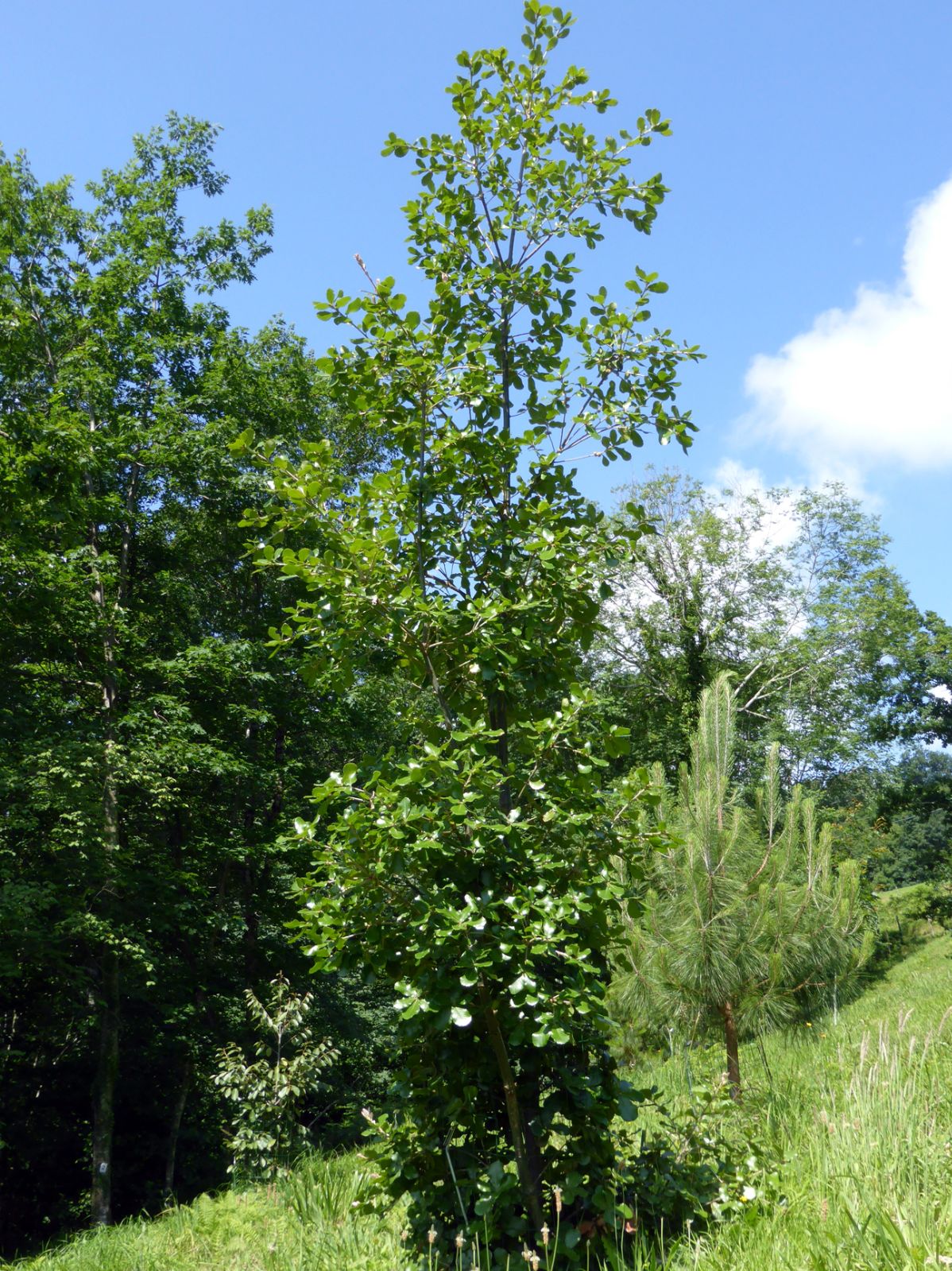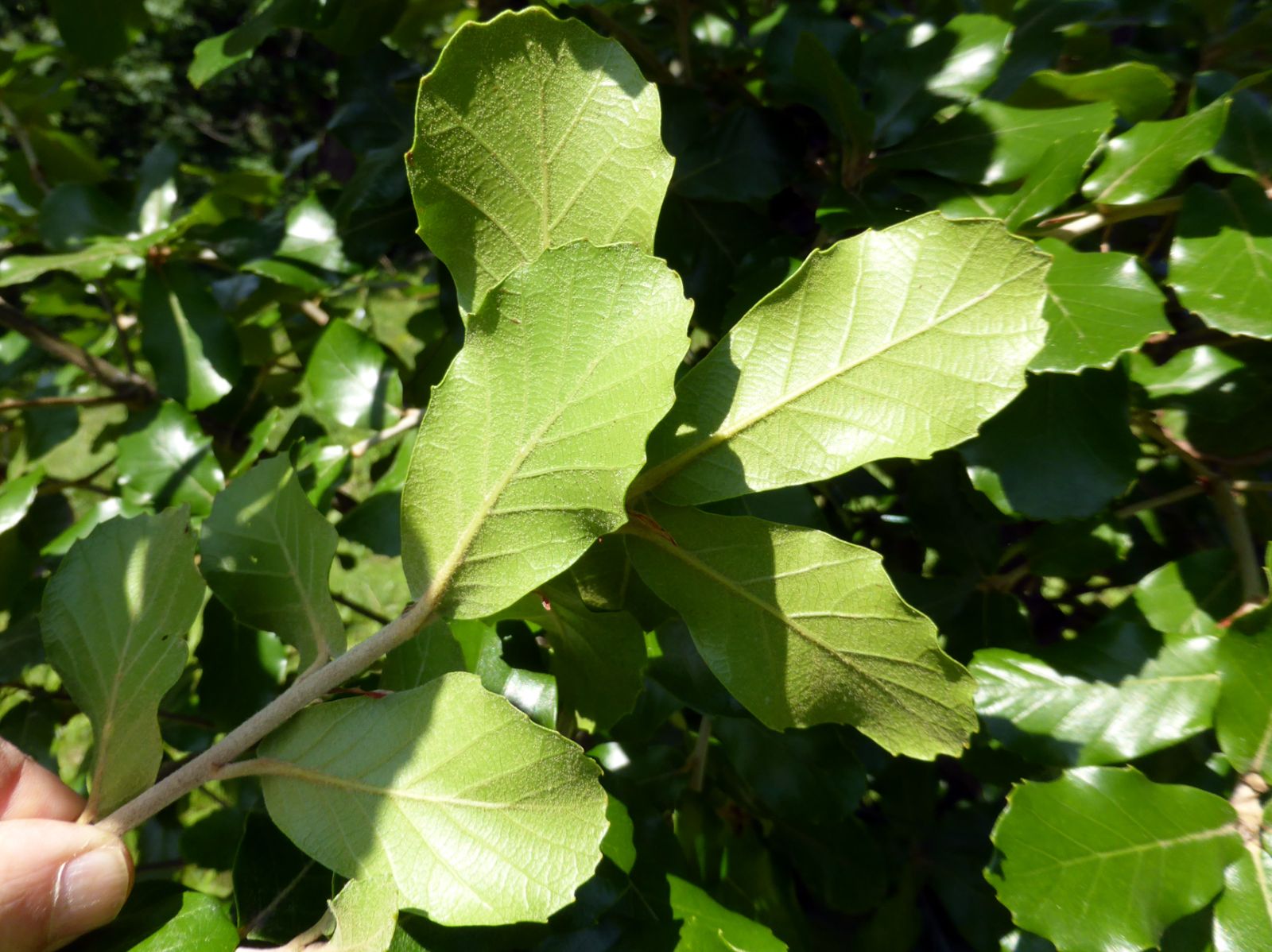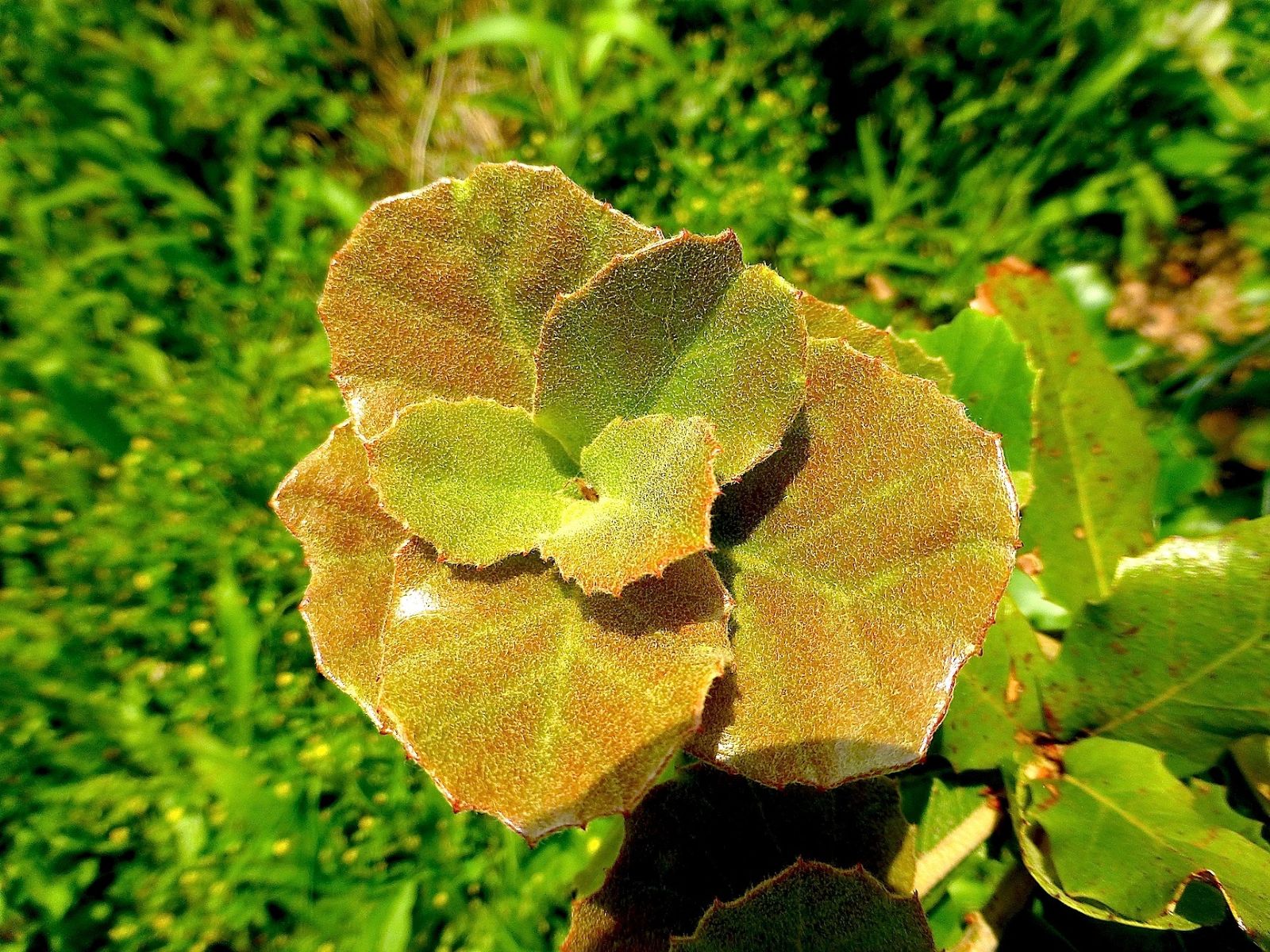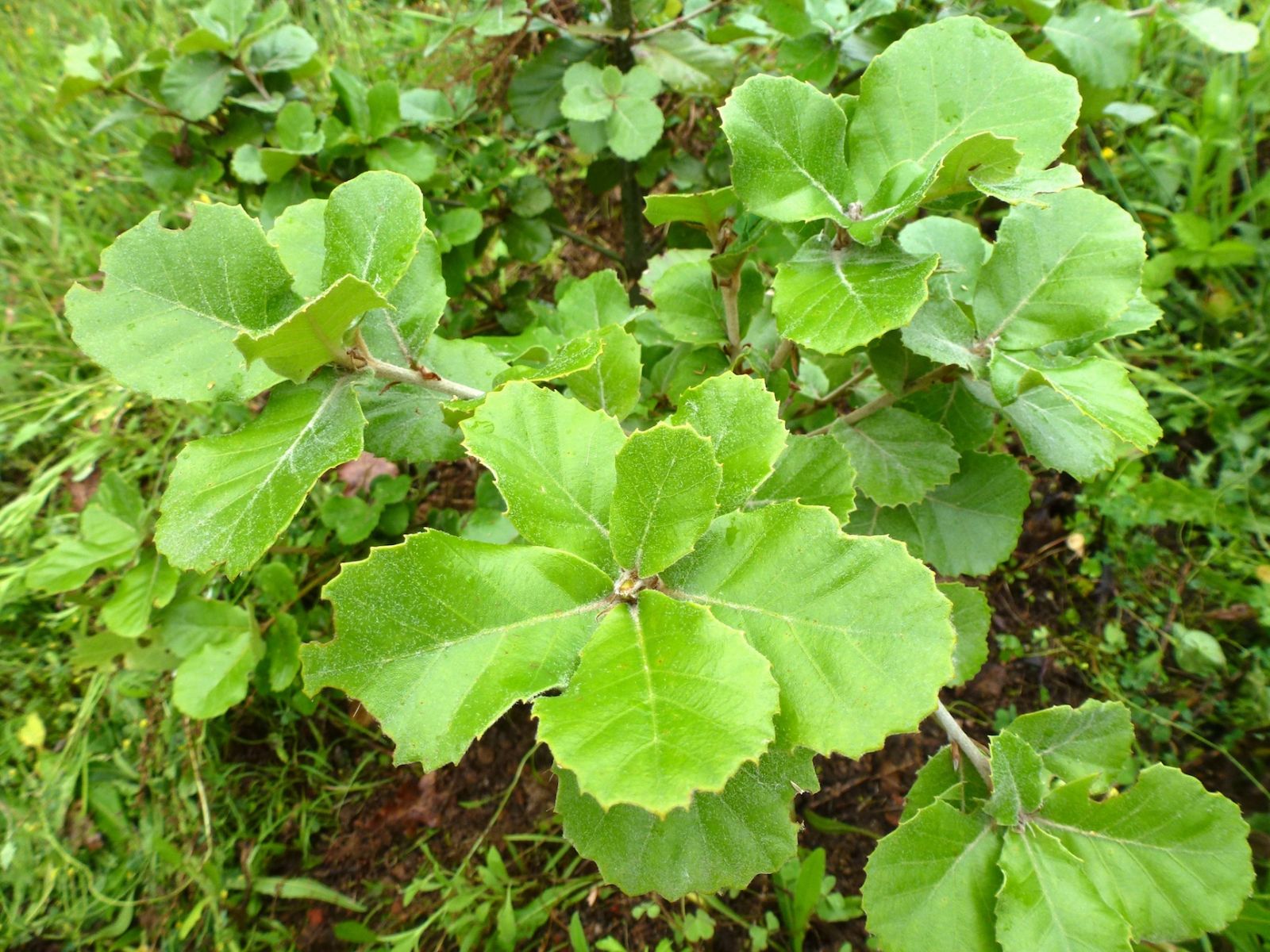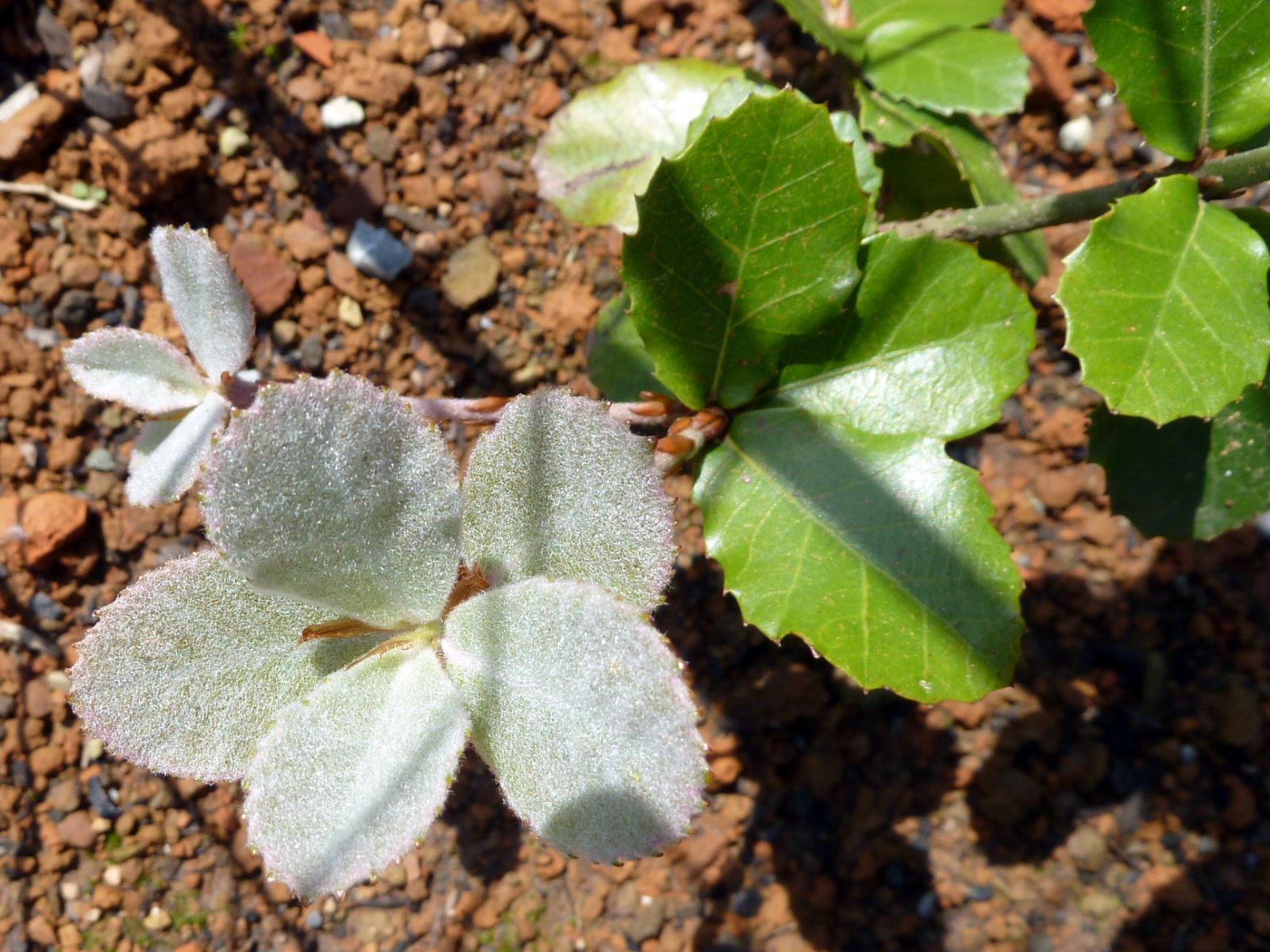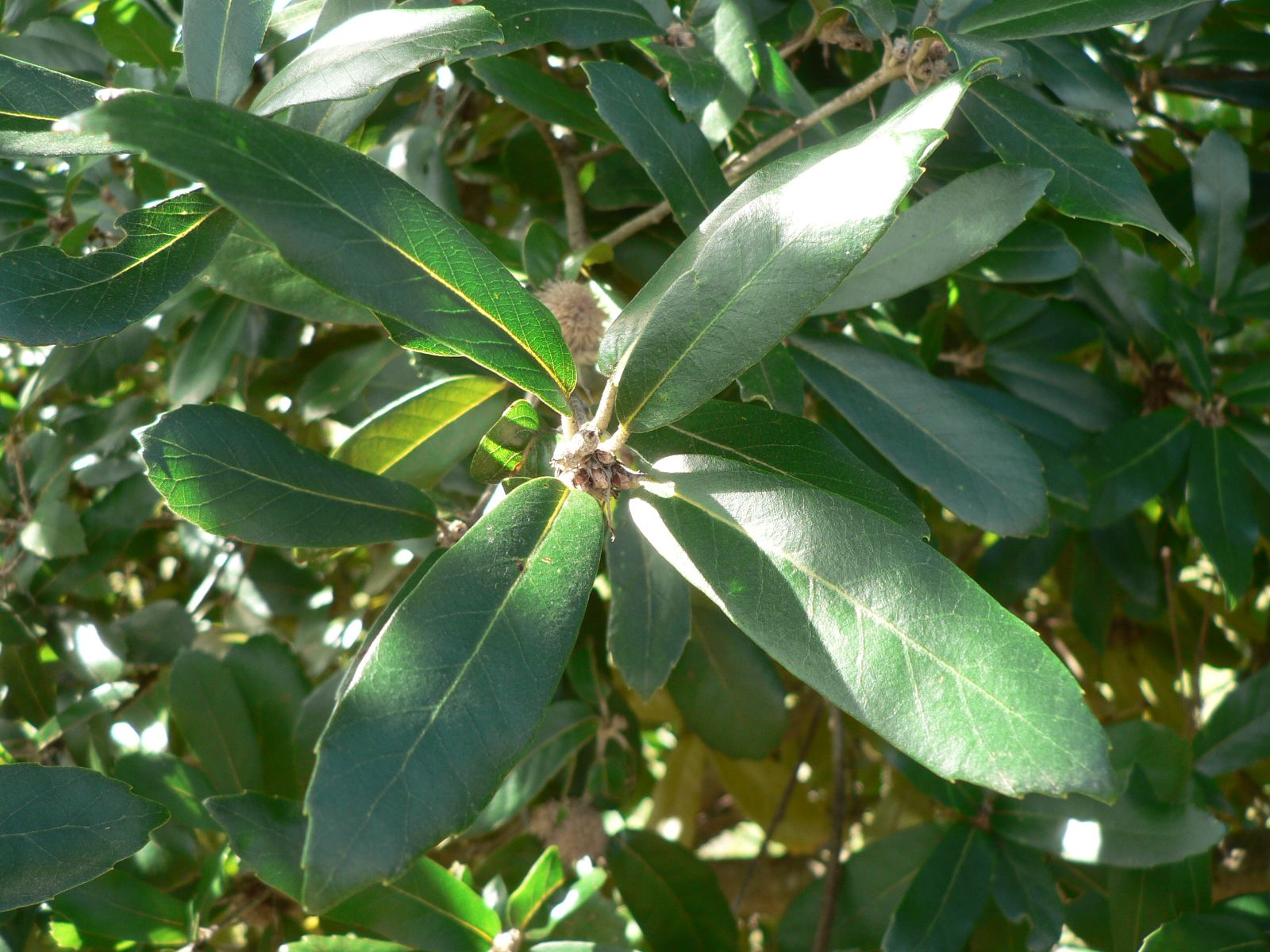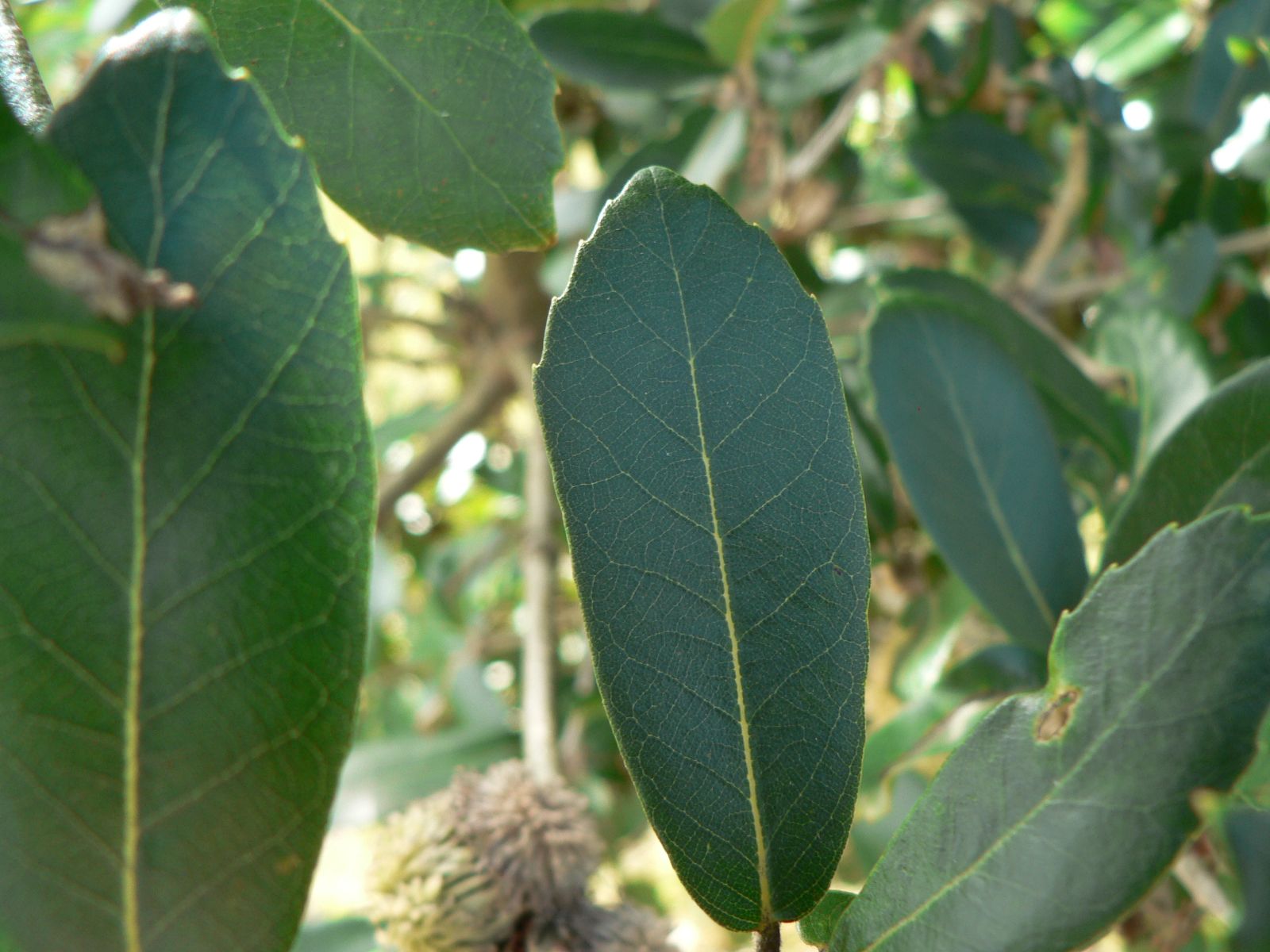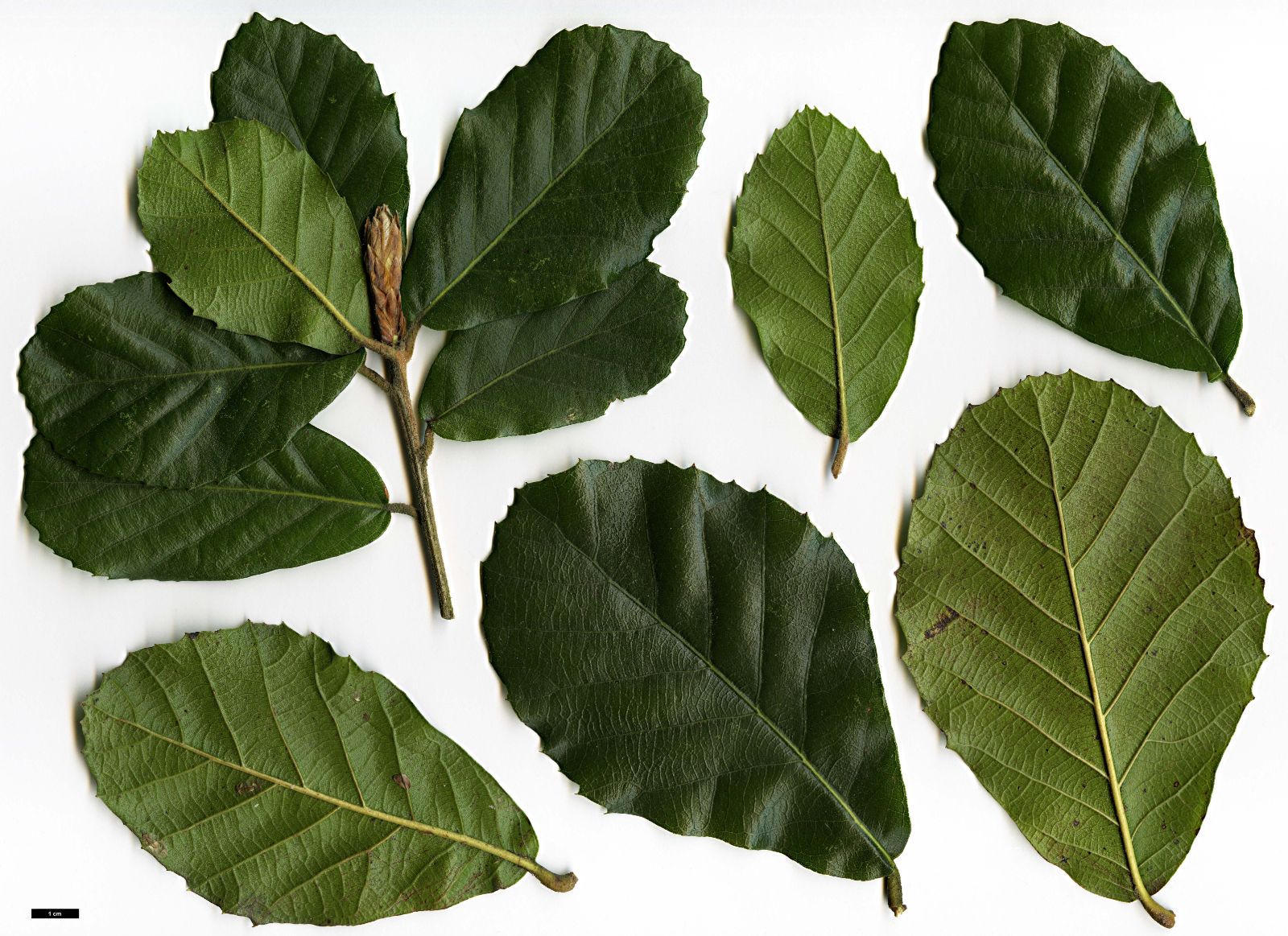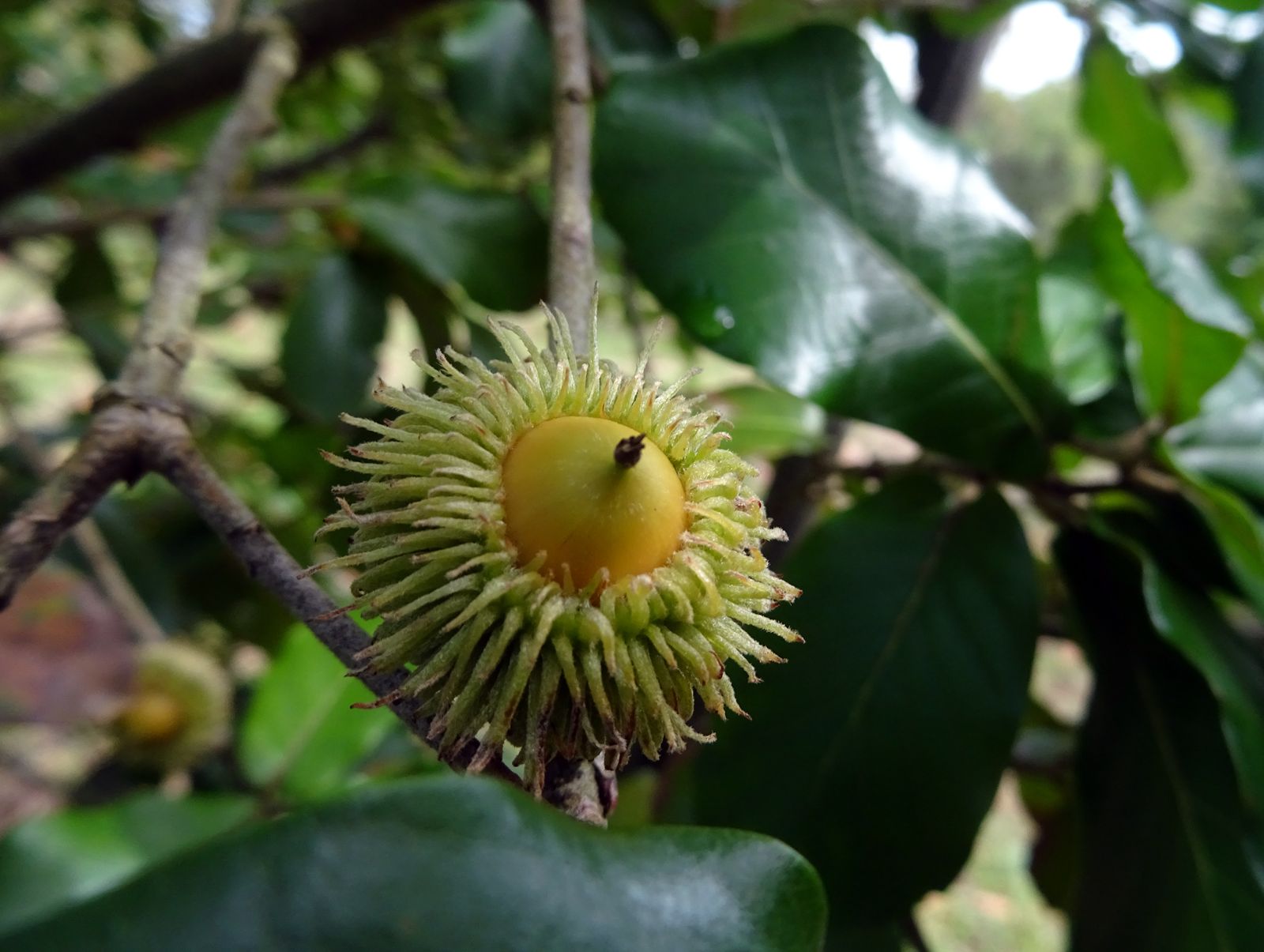Quercus dolicholepis
Sponsor
Kindly sponsored by
The Trees and Shrubs Online Oak Consortium
Credits
Allen Coombes & Roderick Cameron (2021)
Recommended citation
Coombes, A. & Cameron, R. (2021), 'Quercus dolicholepis' from the website Trees and Shrubs Online (treesandshrubsonline.
Genus
- Quercus
- Subgen. Cerris, Sect. Ilex
Synonyms
- Quercus spathulata Seemen
Other taxa in genus
- Quercus acerifolia
- Quercus acherdophylla
- Quercus acrodonta
- Quercus acuta
- Quercus acutifolia
- Quercus acutissima
- Quercus afares
- Quercus affinis
- Quercus agrifolia
- Quercus alba
- Quercus aliena
- Quercus alnifolia
- Quercus aquifolioides
- Quercus arizonica
- Quercus arkansana
- Quercus aucheri
- Quercus augustini
- Quercus austrina
- Quercus × auzendei
- Quercus baloot
- Quercus bambusifolia
- Quercus baronii
- Quercus bicolor
- Quercus brantii
- Quercus buckleyi
- Quercus canariensis
- Quercus canbyi
- Quercus candicans
- Quercus castanea
- Quercus castaneifolia
- Quercus cerris
- Quercus chenii
- Quercus chrysolepis
- Quercus coccifera
- Quercus cocciferoides
- Quercus coccinea
- Quercus conspersa
- Quercus crassifolia
- Quercus crassipes
- Quercus delavayi
- Quercus dentata
- Quercus deserticola
- Quercus douglasii
- Quercus dumosa
- Quercus durifolia
- Quercus eduardii
- Quercus ellipsoidalis
- Quercus emoryi
- Quercus engelmannii
- Quercus engleriana
- Quercus euboica
- Quercus eugeniifolia
- Quercus fabri
- Quercus faginea
- Quercus falcata
- Quercus floribunda
- Quercus frainetto
- Quercus franchetii
- Quercus fruticosa
- Quercus fusiformis
- Quercus gambelii
- Quercus garryana
- Quercus geminata
- Quercus georgiana
- Quercus germana
- Quercus gilliana
- Quercus gilva
- Quercus glabrescens
- Quercus glauca
- Quercus graciliformis
- Quercus gravesii
- Quercus griffithii
- Quercus grisea
- Quercus guyavifolia
- Quercus hartwissiana
- Quercus hemisphaerica
- Quercus × hispanica
- Quercus hondae
- Quercus hypargyrea
- Quercus hypoleucoides
- Quercus ilex
- Quercus ilicifolia
- Quercus imbricaria
- Quercus incana
- Quercus infectoria
- Quercus insignis
- Quercus ithaburensis
- Quercus kelloggii
- Quercus × kewensis
- Quercus kiukiangensis
- Quercus laceyi
- Quercus laevis
- Quercus lamellosa
- Quercus lanata
- Quercus lancifolia
- Quercus laurifolia
- Quercus laurina
- Quercus × leana
- Quercus leucotrichophora
- Quercus × libanerris
- Quercus libani
- Quercus lobata
- Quercus lobbii
- Quercus lodicosa
- Quercus longinux
- Quercus longispica
- Quercus look
- Quercus × ludoviciana
- Quercus macranthera
- Quercus macrocalyx
- Quercus macrocarpa
- Quercus macrolepis
- Quercus marilandica
- Quercus mexicana
- Quercus michauxii
- Quercus mongolica
- Quercus monimotricha
- Quercus montana
- Quercus morii
- Quercus muehlenbergii
- Quercus myrsinifolia
- Quercus myrtifolia
- Quercus nigra
- Quercus × numidica
- Quercus oblongifolia
- Quercus obtusata
- Quercus oglethorpensis
- Quercus oxyodon
- Quercus pagoda
- Quercus palmeri
- Quercus palustris
- Quercus pannosa
- Quercus parvula
- Quercus petraea
- Quercus phellos
- Quercus phillyreoides
- Quercus planipocula
- Quercus poilanei
- Quercus polymorpha
- Quercus pontica
- Quercus prinoides
- Quercus pubescens
- Quercus pyrenaica
- Quercus rehderiana
- Quercus reticulata
- Quercus robur
- Quercus rotundifolia
- Quercus rubra
- Quercus rugosa
- Quercus rysophylla
- Quercus sadleriana
- Quercus salicina
- Quercus sartorii
- Quercus × schneideri
- Quercus schottkyana
- Quercus semecarpifolia
- Quercus senescens
- Quercus serrata
- Quercus sessilifolia
- Quercus setulosa
- Quercus shumardii
- Quercus sinuata
- Quercus spinosa
- Quercus stellata
- Quercus stenophylloides
- Quercus suber
- Quercus subspathulata
- Quercus tarokoensis
- Quercus tatakaensis
- Quercus texana
- Quercus tomentella
- Quercus trojana
- Quercus tungmaiensis
- Quercus turbinella
- Quercus × turneri
- Quercus undulata
- Quercus utahensis
- Quercus utilis
- Quercus uxoris
- Quercus variabilis
- Quercus velutina
- Quercus virginiana
- Quercus vulcanica
- Quercus warburgii
- Quercus wislizenii
- Quercus xalapensis
Shrub or tree to 16 m, 0.6 m dbh. Crown compact, ovate in outline. Branchlets with yellowish grey stellate tomentum. Leaves evergreen, dark green, 2–8 × 1.5–4 cm, obovate to spathulate or elliptic, leathery, immature leaves pale green and covered in white hairs; in mature leaves, upper surface smooth, glossy and glabrous, lower surface pubescent or almost glabrous, seven to eight secondary veins on each side of the midrib, margins entire or apically serrate, apex obtuse to mucronate; petiole 0.4–0.5 cm long, yellowish brown-tomentose. Infructescence tomentose, ~1 cm long with one (to two) cupules. Cupule cup-shaped, ~1 × 2 cm, outside reddish brown; scales linear to lanceolate with a reflexed apex. Acorn ovoid to subglobose, two-thirds to three-quarters of its length enclosed in the cupule, 1.2–1.7 cm long, stylopodium easily broken. Flowering March to May, fruiting October of the following year (China). (Huang et al. 1999; Menitsky 2005)
Distribution China Gansu, Guizhou, Henan, Hubei, Hunan, Shaanxi, Shanxi, Sichuan, Yunnan
Habitat Montane forest between 500 and 2800 m asl., in association with Quercus acrodonta, Q. spinosa subsp. spinosa, Q. oxyphylla, Q. baronii, Q. delavayi, Q. cocciferoides, Q. semecarpifolia, Pinus yunanensis, P. densata, and P. armandii.
USDA Hardiness Zone 7-8
Conservation status Least concern (LC)
An attractive species, featuring white hairs on the stems and sparse creamish pubescence on the underside of the glossy leaves. The cupules, with long slender scales, reflexed at top and spread out at the rim, are a particularly notable feature, distinguishing it from similar species.
Quercus dolicholepis was apparently first introduced by the Fliegner, Howick, McNamara, and Staniforth expedition to Sichuan in 1992, under the number SICH 982. The parent was noted to be 5 m in height, growing on a steep mountainside at ~2510 m, with rhododendrons, pines, and other shrubs. In cultivation it seems as if this height may be exceeded, as the specimen at Kew is now ~4.5 m tall, forming a small, bushy tree. The stem forked close to the ground and the tree is built around multiple vertical stems in its centre, forming a dense and rather dull dark green mass (Grimshaw & Bayton 2009).
Plants originally distributed as Q. acrodonta by the Alpine Garden Society Expedition to China in 1994 (ACE 1978) and collected from a calcified hillside near San-ba, Yunnan, belong here. It is grown at White House Farm, Kent, UK with smaller plants in other collections. The parent was described as an evergreen tree to 10 m with dark green foliage, paler beneath, leaf shape very variable; acorns protruding only a few mm from the ‘mossy’ cups.
A tree at Arboretum des Pouyouleix, France, from seed collected in Yunnan in 2004 (CMBS 899), reached 7 m × 9 cm dbh in 2020 (B. Chassé, pers. comm.); at Arboretum de la Bergerette, France, a specimen planted in 1999 had reached 4.4 m in 2008 and 6.1 m in 2018 (S. Haddock, pers. comm.). At Chevithorne Barton, England, a tree from the same source has reached similar dimensions (6.9 m × 9.5 cm dbh) in 2020 (J. MacEwen, pers. comm.). At the Sir Harold Hillier Gardens, England, a plant from Cao Ming 316, collected as Q. spinosa in Yunnan in 1998 lost its top in the 2005–2006 winter, but was 4.5 m × 14.1 cm diameter at 1.3 m in 2020 (B. Clarke, pers. comm. 2020).
Initially described in 1897 by Seemen as Q. spathulata, but Camus renamed it in 1953 because Q. spathulata had been used previously to name a fossil. The epithet refers to the long scales that adorn the cupule; it derives from Ancient Greek: δολιχός (dolikhós) = long + λεπῐ́ς (lepís) = scale.

